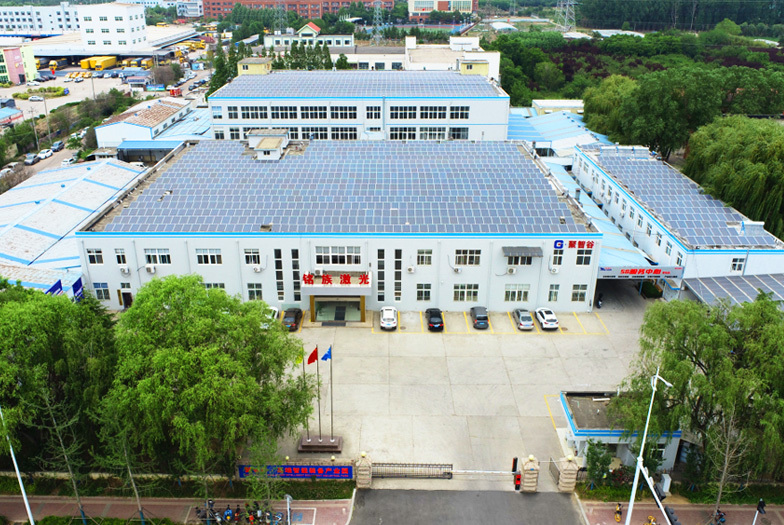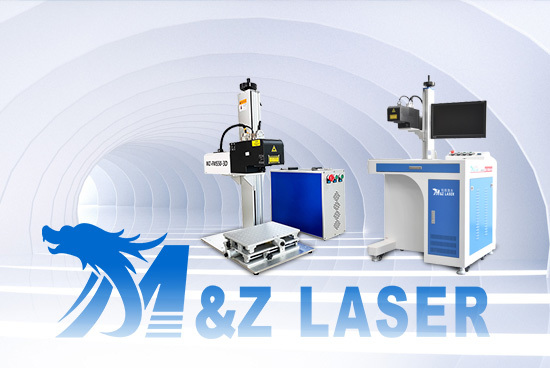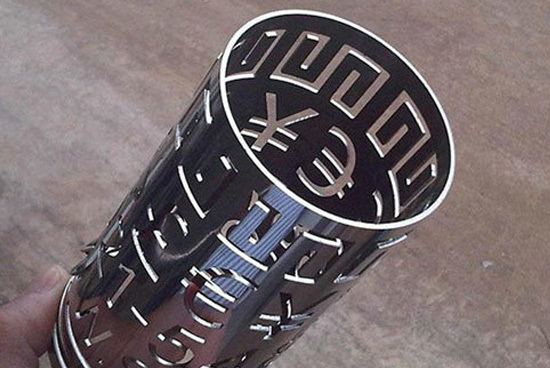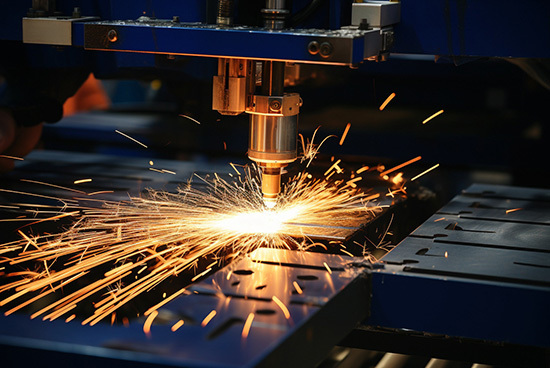Nine Advantages of Laser Welding Technology in Addressing the Challenges of Galvanized Sheet Welding
Release time:
2025-07-30
In modern manufacturing, galvanized steel is widely used in automobiles, construction, home appliances, and other fields due to its excellent corrosion resistance, aesthetics, and economy. However, the welding process of galvanized steel faces many challenges, such as zinc evaporation, pore formation, and heat-affected zone embrittlement. Laser welding technology, as a high-precision and high-efficiency welding method, has shown unique advantages in addressing these challenges. This article will detail the nine major advantages of laser welding technology in galvanized steel welding.
1. High Precision and High-Quality Weld Seam
Laser welding can achieve precise energy control, thus obtaining a beautiful and uniform weld appearance while ensuring weld strength. Compared with traditional welding methods, laser welding has smaller heat input and narrower heat-affected zone, reducing the possibility of galvanized layer evaporation and pore generation, and improving the overall quality of the weld.
2. Low Heat Input and Small Heat-Affected Zone
In the laser welding process, the energy of the laser beam is highly concentrated, resulting in fast welding speed and low heat input. This helps to reduce the thermal deformation of galvanized steel during the welding process, while reducing the width of the heat-affected zone and maintaining the original mechanical properties and corrosion resistance of the base material.
3. Reduce Zinc Layer Evaporation and Spatter
During galvanized steel welding, zinc layer evaporation is one of the main reasons for pores and welding defects. The high energy density and rapid heating characteristics of laser welding allow the zinc layer to reach its melting point and evaporate rapidly in a very short time, reducing the residence time of zinc vapor in the weld, thereby effectively reducing the probability of pore formation. At the same time, the spatter phenomenon in the laser welding process is also effectively controlled.
4. High Degree of Automation and Intelligence
Laser welding systems are usually equipped with advanced automation and intelligent equipment, such as laser tracking systems and automatic weld recognition systems, which can achieve precise positioning and welding process control. This not only improves production efficiency but also reduces the requirements for operator skills, making the welding process of galvanized steel more stable and reliable.
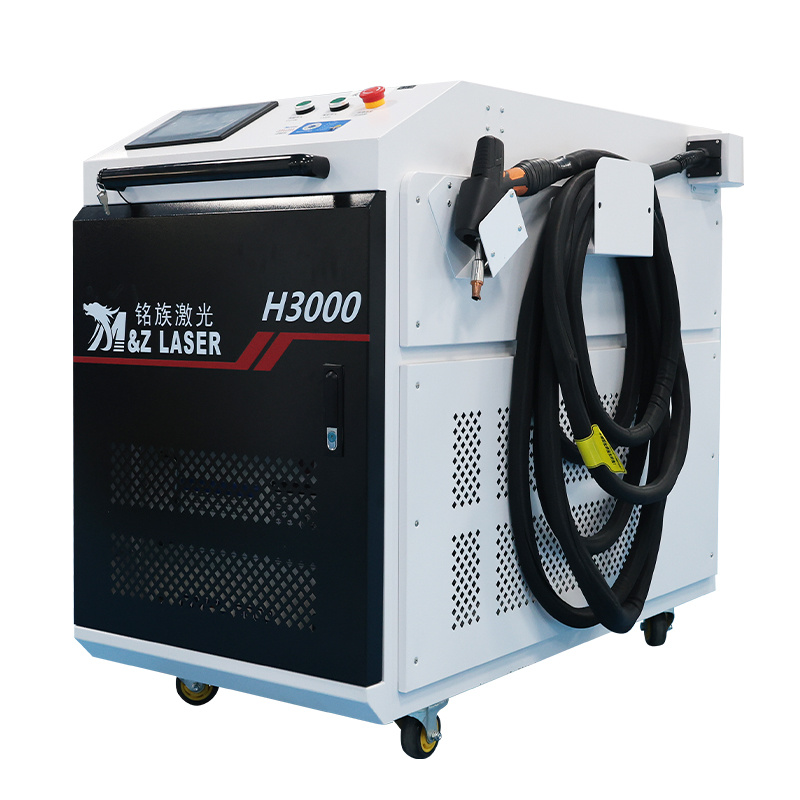
5. Strong Adaptability
Laser welding technology is suitable for welding galvanized steel sheets of different thicknesses and materials, including thin plates, medium-thick plates, and shaped parts. This wide adaptability makes laser welding have greater application potential in the galvanized steel processing field.
6. High Weld Strength
The weld formed by laser welding has a dense structure and high strength, which can meet the mechanical performance requirements of galvanized steel under large loads. This is of great significance for improving the overall strength and durability of the product.
7. Environmentally Friendly
Laser welding does not require welding wires, welding rods, and other welding materials, reducing the emission of harmful gases and the generation of welding slag during the welding process, which is in line with the green and environmentally friendly development trend of modern manufacturing.
8. Easy to Achieve Remote Monitoring and Maintenance
Laser welding systems are usually equipped with remote monitoring and maintenance functions, allowing operators to monitor the welding process in real time at a safe distance and promptly discover and handle potential problems. This helps to reduce production risks and improve production safety.
9. Significant Economic Benefits
Although the initial investment in laser welding equipment is relatively large, considering its high efficiency, high quality, low energy consumption, and reduced defect rate, the economic benefits of laser welding technology in galvanized steel welding are significant in the long run. In addition, with the continuous development and popularization of laser welding technology, the cost of equipment is also gradually decreasing, enabling more enterprises to benefit from this technology.
In summary, laser welding technology has shown many advantages in galvanized steel welding, not only improving welding quality and production efficiency but also reducing production costs and environmental pollution. With the continuous progress of technology and the expansion of application fields, laser welding will play an even more important role in the galvanized steel processing field.



